If that's an ordinary red LED and the op amp saturates at say 10V then there is about 20mA through the LED. Although this would be just about within the LED's spec' it would usually be an unnecessarily high LED current when the LED is just being used as an indicator. I would consider increasing R4 to reduce the LED's current to below 10mA which should still give the LED sufficient brightness.
.... also, when an LED is being used as a "RELAY ON" indicator it (and its series resistor) would usually be seen in parallel with the relay coil so that the transistor is sinking the LED's current rather than the op amp sourcing it.
You could turn the comparator into a Schmitt trigger by adding some hysteresis to the comparator. This would be done by adding say a 1M resistor between pins 1 & 3. The idea is to create two switching levels, one capacitor charging and two capacitor discharging. This should then remove any possible relay chatter problems caused by a slowly charging capacitor with any noise about. Hysteresis will slightly alter the timing of the circuit as it currently stands.
If you decide not to utilise hysteresis then at the very least there should be a capacitor (say 47uF) across R2 to filter out any supply ripple/noise getting to the threshold level but you can't add this capacitor if you decide to add positive feedback (hysteresis).
EDIT
The zener, when used in that position, should have a value of between Vcc and the maximum Vce specification of the transistor (perhaps not too close to Vce(max) to give a safety margin). Using a zener, rather than an ordinary diode, has the advantage that the energy in the relay's coil is removed faster thereby switching off the relay quicker but this is only necessary if a faster switch off is required and in the vast majority of applications an ordinary diode will suffice. The higher the zener voltage, the faster the switch off but keep the zener value less than Vce(max). You require either an ordinary diode or a zener but not both. If you were to use both then the generated back EMF at transistor switch off time would be limited by the ordinary diode to 0.7V above Vcc and the zener, which would never come into service, would be redundant.

